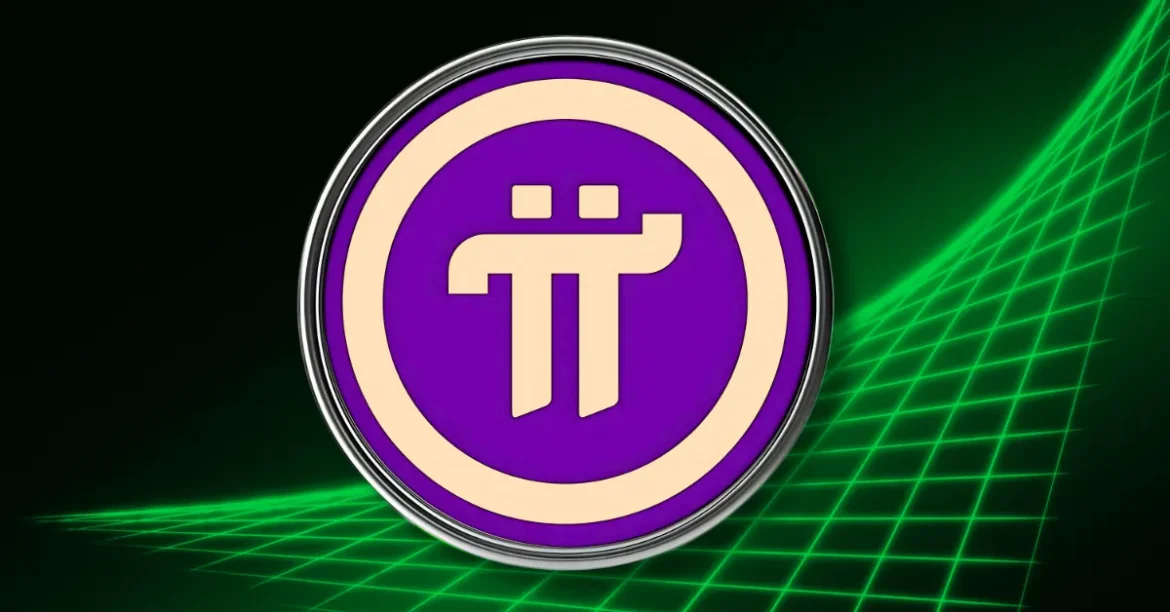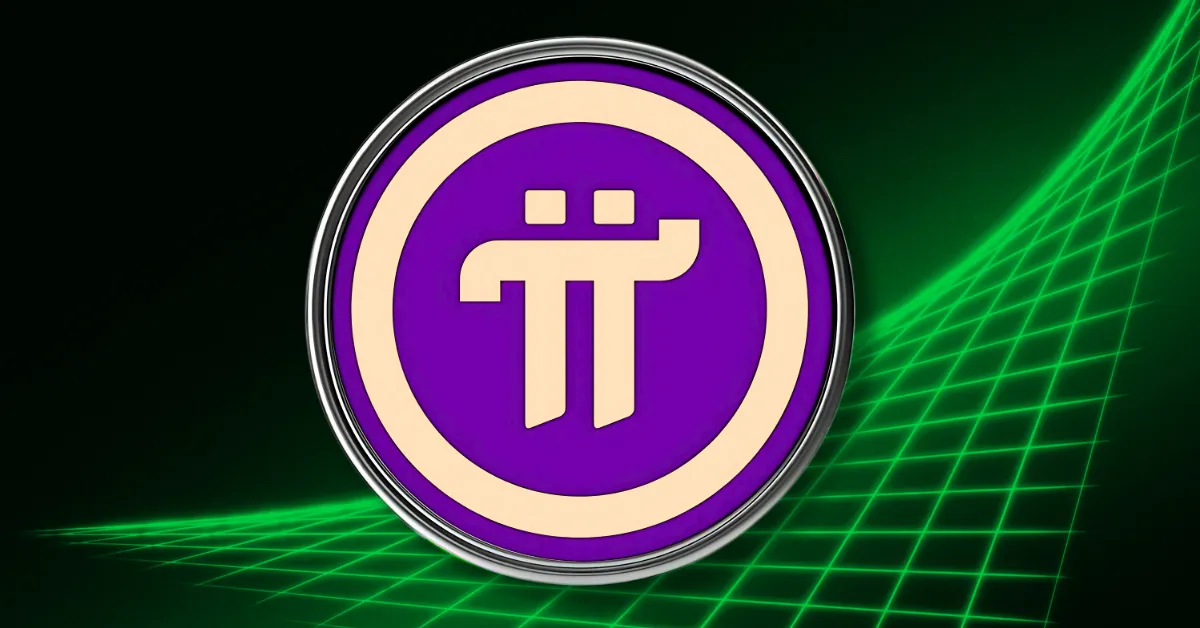Comparing Pi Network and XRP: Community Engagement vs Market Authority
Cryptocurrency landscapes evolve rapidly, shaped by technological developments, market sentiments, and user adoption. Lately, the Pi Network and XRP have garnered significant attention, but each embodies different trajectories and characteristics that influence their appeal and investment potential. Dissecting their recent performance, community influence, and market reception unveils valuable insights into their respective standings within the crypto ecosystem.
—
Pi Network’s Surge in Community Engagement
Despite Pi Network’s market price facing volatility, as reflected by recent price declines of about 20% within a week, its community metrics reveal robust activity and enthusiasm.
– Community Poll Wins: Pi Network recently topped a poll on Zypto VISA card usage, outperforming XRP for the most used cryptocurrency to top up these cards over the past week. This achievement is notable considering XRP’s established market presence and highlights Pi’s grassroots reach within certain crypto user groups.
– Rapid Growth Post-Mainnet: Since launching its mainnet in February 2025, Pi Network has experienced a dramatic rise in interest, with Google Trends data displaying a 285% increase compared to the previous year. Daily app installs surged to over 100,000, reflecting growing adoption.
– Social Trust Model: Pi Network emphasizes a social verification model where users nominate trusted contacts to secure the system. This innovation promotes network security without the traditional energy-intensive mining, appealing to a demographic sensitive to environmental and scalability concerns.
– Market Capitalization: Despite being relatively nascent and not fully live for trading, Pi has surged in rankings to become the 11th or 12th largest cryptocurrency by market capitalization at times, valued around $12.9 billion, signaling strong speculative backing.
– Volatility and Price Movements: The Pi token saw significant price action after exchange listings (Bitget, MEXC, OKX), hitting peaks near $2 before retreating nearer to $0.63-$1.50 ranges. Technical analysts remain optimistic about potential breakouts if $1.90 resistance levels are breached with volume.
—
XRP’s Position as a Established Market Veteran
XRP, created by Ripple Labs, holds a distinct status shaped by its solid infrastructure and considerable volume in use cases like cross-border payments.
– Stable Market Performance: XRP price has shown consistent gains, recently trading between $2.44 to $2.75, buoyed by institutional developments such as approval of spot XRP ETFs in Brazil. Analysts forecast consolidation with possibilities for rebounds, sustaining XRP’s status within the top 10 cryptocurrencies by market cap.
– Usage and Volume Trends: Despite being outperformed in certain recent usage polls by Pi Network, XRP remains integral to many crypto financial infrastructure projects. However, a noted dip in Zypto VISA card top-ups indicates temporary usage softness, potentially due to shifting market dynamics or competitive pressure.
– Whale Activity and Innovation: Large XRP holders are reportedly involved in launching AI-related initiatives, indicating strategic diversification and efforts to maintain technological relevance.
– Institutional and Regulatory Context: Ripple’s ongoing engagement with regulatory frameworks enhances its credibility but also introduces episodic volatility based on legal outcomes.
—
Contrasting Foundations: Speculation vs Established Utility
Pi Network and XRP differ fundamentally in their developmental maturity and use case focus.
– Pi Network is still in a form of late-stage pre-launch or early mainnet, with strong community-driven momentum but limited real-world transactional adoption beyond speculative enthusiasm and internal ecosystem usage. Its strength lies in social engagement and potential innovative consensus mechanisms, combining the viral community nature reminiscent of Dogecoin with transaction efficiency characteristics similar to Stellar and XRP.
– XRP enjoys years of active use in payment settlement networks, with a history of enterprise adoption and clear regulatory footprints. While price movements remain influenced by macro factors, XRP’s utility and integration in financial services provide a degree of stability.
—
Market Sentiment and Investment Outlook
– Pi Network’s Promise and Risks: The spike in community attention and market cap growth signals significant speculative interest. If Pi can leverage its social model into scalable real-world use and liquidity, it might challenge established players. However, price volatility and absence of broad adoption beyond its ecosystem pose significant risks. Analysts speculate potential breakouts but caution that the project’s success depends on execution and sustained user engagement.
– XRP’s Steady Investor Appeal: XRP appeals to investors seeking established cryptos with tangible use cases and institutional backing. Regulatory uncertainties loom but are gradually addressed. Market watchers view XRP as a more reliable holding, especially with positive news like ETF approvals injecting bullish momentum.
—
Conclusion: Parallel Paths in a Dynamic Crypto Landscape
Pi Network’s recent triumphs in community polls and explosive growth in interest carve a unique niche emphasizing user-driven trust and engagement. Meanwhile, XRP’s steadfast presence in financial infrastructure and consistent market performance anchor it as a dependable player.
The choice between Pi Network and XRP extends beyond price charts into differing philosophies: a nascent, community-powered disruptor with massive potential yet uncertain future, versus a seasoned, institutional-friendly cryptocurrency with proven utility but facing its own evolutionary challenges.
For investors and enthusiasts, balancing enthusiasm for innovation with prudence regarding adoption and regulatory dynamics will influence which crypto emerges stronger in the evolving digital currency arena.





